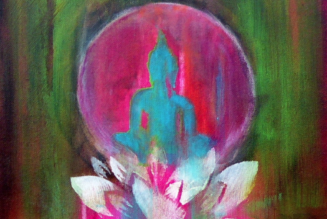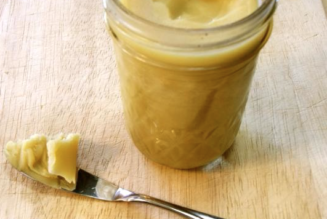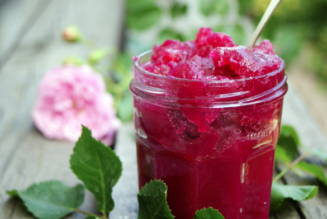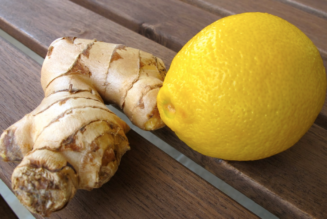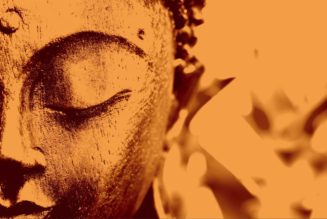AYURVEDA – HEALTHY SKIN CARE
Skin is a remarkable organ. In fact, skin is the human body’s largest organ, which regenerates itself by shedding off dead skin and regenerating a new layer approximately every 28 days. More importantly, skin can reveal information about our overall state of health. For example, rash, hives, and itching may reveal an allergic response, a bacterial or viral skin infection, or even an underlying autoimmune condition. Likewise, a mole may be a sign of skin cancer. In essence, the skin reveals what’s happening within.
Diet
In general, ayurveda recommends healthy, whole foods, consisting mainly of a vegetarian diet for all types of constitutions. Foods which are fatty, fried, refined, and processed are more likely to cause skin conditions – therefore avoid them when you can.
High-Fiber Foods
– Fiber helps to reduce bad bacteria and increase good bacteria (probiotics) in the gut
– The best sources of fiber are:
a. Sprouted Nuts and Seeds (flaxseeds, chia seeds, almonds)
b. Vegetables
High-Quality Protein
– Protein helps to balance blood sugar levels to rid acne.
– The best sources of high-quality protein are:
a. Organic Chicken and Turkey
b. Grass-Fed Beef
c. Wild-Caught Fish
d. Organic Eggs
e. Sprouted Brown Rice Protein
Healthy Fats
– Coconut oil is the best oil to get rid of acne.
– Coconut oil contains antimicrobial properties to kill off bad bacteria and fight off acne.
Click Here – 10 Golden Rules Of Food Intake
Click Here – Simple Tips For Healthy Digestion
Sleep & Exercise
Exercise promotes sweating which helps rid the body of toxins while improving circulation, alleviating stress and calming the mind. “Sleep and exercise stimulate growth hormone, which promotes fibroblast health and allows more production of collagen and elastin to keep your skin taut. They also accelerate the production of epidermis.” – Mehmet Oz, M.D.
Healthy Diet Creates Healthy Skin – How To Get Rid Of Acne – Dr. Josh Axe
Remove: sugar, gluten, hydrogenated oils
Include: high fiber, high quality protein, healthy fats
Supplements: probiotics, zinc, antioxidants
Probiotics:
– Probiotics kill off bad bacteria in the gut and help boost the immune system.
– 80% of the immune system is located in the gut.
– Consume probiotic-rich foods, such as:
a. Cultured Vegetables
b. Kefir
c. Yogurt
d. Amasai
[Look for 50 billion IU’s daily in a probiotic supplement]
Zinc:
– Zinc helps to repair the gut lining and naturally boost the immune system.
– Taking 50 mg of zinc per day is very effective in fighting acne.
Antioxidants:
– Elderberry is the most effective antioxidant for reversing acne.
– Try adding 1 Tbsp. elderberry syrup or extract in your superfood smoothie.
7 Layers Of Skin
Sushruta, the founding father of surgery, described seven layers of skin, each having its own distinct structure and function with each layer providing support to the layer above.
- Avabhasini is the outermost layer of skin, provides the source of complexion, and that which reflects the quality of rasa dhatu [nutrition aspect of blood]. When this layer of skin is affected it can produce acne, pimples, and dandruff.
- Lohita is the second layer and supports the outermost layer of skin. This layer also has a connection to rakta dhatu [hematocrit of blood] and when affected by impurities can manifest as increased pigmentation and moles.
- Shweta is the third layer of skin described as being white and helps to provide balance to the color and tone of the skin. When this layer is affected by impaired doshas it can manifest in certain conditions such as eczema and other allergic responses.
- Tamra is the forth layer which supports the upper layers of skin while correlating well with skin immunity and providing a barrier of resistance to pathogens of the skin.
- Vedini is the fifth layer of skin and connects the sense of touch [tactile perception] with the rest of the body through various signal transmissions. Imbalance in this layer can lead to certain conditions such as neuralgia or even the exacerbation of herpes for those previously exposed .
- Rohini is the sixth layer of skin which provides skin its regenerative ability to heal. Imbalances in this layer impairs the healing ability of the skin and can impair the process of scar formation.
- Mamsadhara is the innermost layer of skin which provides the greatest support to all the above layers. When healthy, this layer provides firmness and youthfulness to the skin. When this layer becomes impaired skin sags and beings to reveal the aging process.
Doshas Types & Skin
Vata Dosha is primarily made of ether and air elements and therefore easily prone to having dry skin due to dehydration. Vata types should remain well hydrated by drinking lukewarm water throughout the day. Likewise, vata types will often benefit by the addition of healthy fats in their diet [i.e. ghee, olive oil, etc.].
Pitta Dosha being mainly fire and water elements tends to have oily skin and often more vulnerable to acne, moles, and other inflammatory skin conditions [i.e. urticaria, rash, and hives]. Of all three dosha types, pitta is most sensitive to direct sunlight and should seek cooling measures. Pitta types should avoid hot and spicy food along with overly sour food as this can aggravate inflammatory skin conditions. Instead, consider cooling measures for both the body and mind.
Kapha Dosha is made primarily of water and earth elements often having more thick skin with additional subcutaneous fat. Since many toxins [ama] are fat soluable, kapha type skin often requires detoxification more routinely. External cleansing and detoxification of the skin may include gentle exfoliation with certain dry herbal formulas. Kapha types should incorporate more exercise into their daily lives, avoid oily fatty food while adding warming spices such as ginger and black pepper to improve digestion.
Oil Massage
Daily oil massage [Abhyanga] over the whole body is a very effective way of keeping the skin healthy and beautiful. According to the Charaka Samhita, abhyanga pacifies the doshas, enhances the complexion and the luster of the skin, tones muscles, and acts as a natural moisturizer.
Vata Type: consider sesame oil
Pitta Type: consider sunflower oil
Kapha Type: consider corn or mustard oil
Benefits Of Abhyanga Include:
– softer, smoother skin
– increased circulation, especially to nerve endings
– toning of the muscles
– calming of the nerves
– lubrication of joints
– increased mental alertness
– improved elimination of impurities from the body
– increased levels of stamina through the day
– promote deep sleep
Want More?
Fresh Cherry Mask Moisturizer
“Apply a pulp of fresh cherries to your face at night as a mask, before going to bed. Leave it on for 15 minutes. This will relieve dry skin and give you a beautiful complexion.” – Dr. Vasant Lad, The Complete Book Of Ayurvedic Home Remedies
Finally – Smile!
Keeping a smile on your face helps to provide a healthy tone of your facial muscles and skin. A simple smile can act as a natural anti-aging face lift and make you feel warm and tingly all over.
Disclaimer:
This information is strictly for educational purpose only and not considered medical advice. Always first discuss with your primary care physician before considering any new health regimen.
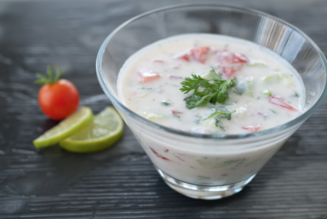
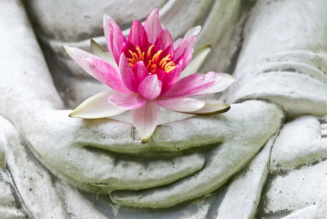
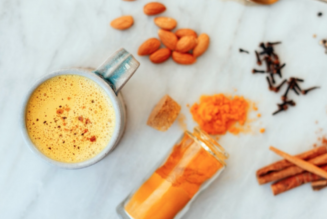
![Female Health: Amenorrhea [cessation of menses] – An Ayurvedic Perspective](https://healthyayurveda.com/wp-content/uploads/2015/07/1.-Amenorhea--327x219.png)
